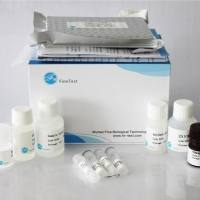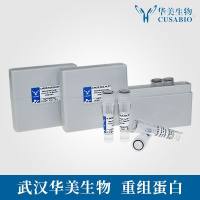Two methods for the quantitative analysis of 2,4-dichlorophenoxyacetic acid (2,4-D) and 2-methyl-4-chlorophenoxyacetic acid (MCPA) in urine are reported. Hydrochloric acid, sodium chloride, and internal standards (2,3-dichlorophenoxyacetic acid [2,3-D] or 4-chlorophenoxyacetic acid [4-CPA]) are added to the urine. The mixture is extracted with dichloromethane. For the high-performance liquid chromatographic (HPLC) method, the concentrated extract is drawn into a previously conditioned silica cartridge in which 2,4-D and MCPA are enriched. For the gas chromatographic (GC) method, after extraction the two compounds are converted to their pentafluorobenzyl esters and purified in a previously conditioned silica cartridge. Calibration is carried out using standard solutions in urine, which are processed in the same way as the urine samples and are determined by HPLC with diode array detector (DAD) or GC with electron capture detection (ECD). The peak areas of the chlorophenoxycarboxylic acids obtained are divided by the peak areas of the respective internal standard. The resulting quotients are plotted as a function of the concentration of the chlorophenoxycarboxylic acids to obtain a calibration curve. The two methods have detection limits of about 15 �g/L and 1 �g/L for 2,4-D and MCPA, respectively.
![DKFZ-PSMA-11,4,6,12,19-Tetraazadocosane-1,3,7-tricarboxylic acid, 22-[3-[[[2-[[[5-(2-carboxyethyl)-2-hydroxyphenyl]methyl](carboxymethyl)amin](https://img1.dxycdn.com/p/s14/2025/1009/171/0405943971658126791.jpg!wh200)





